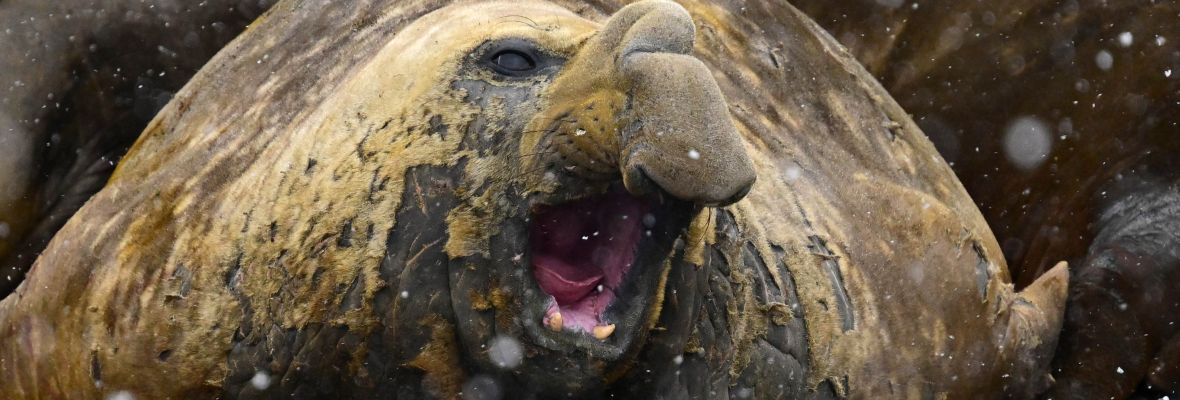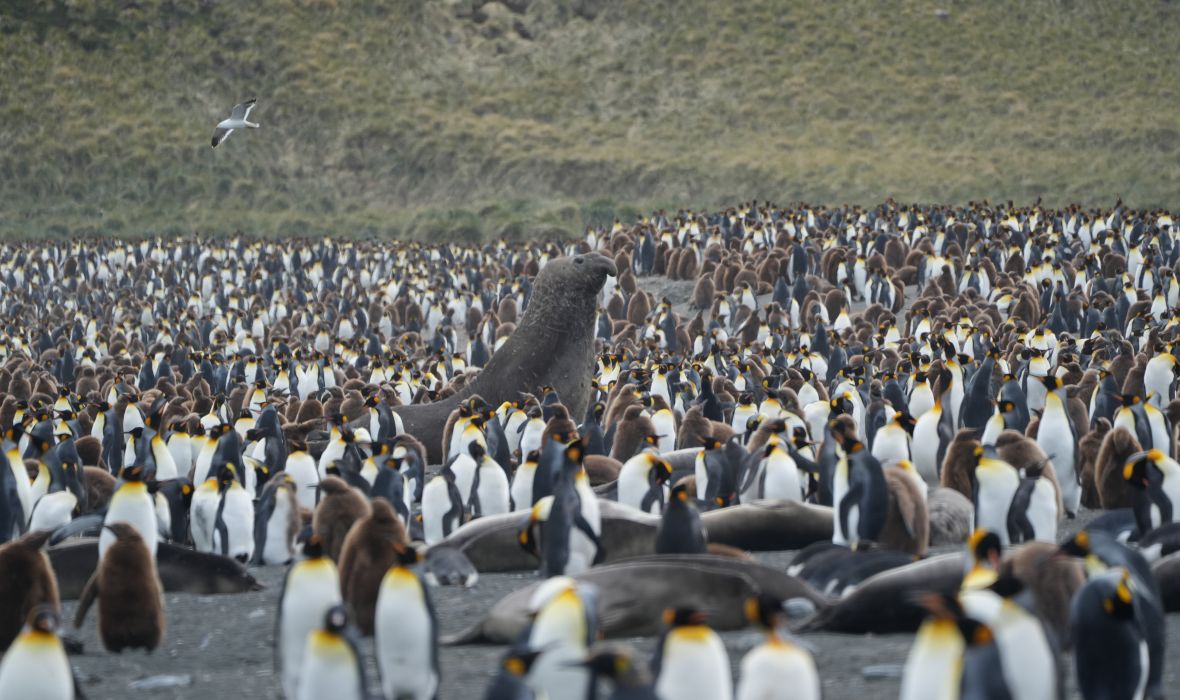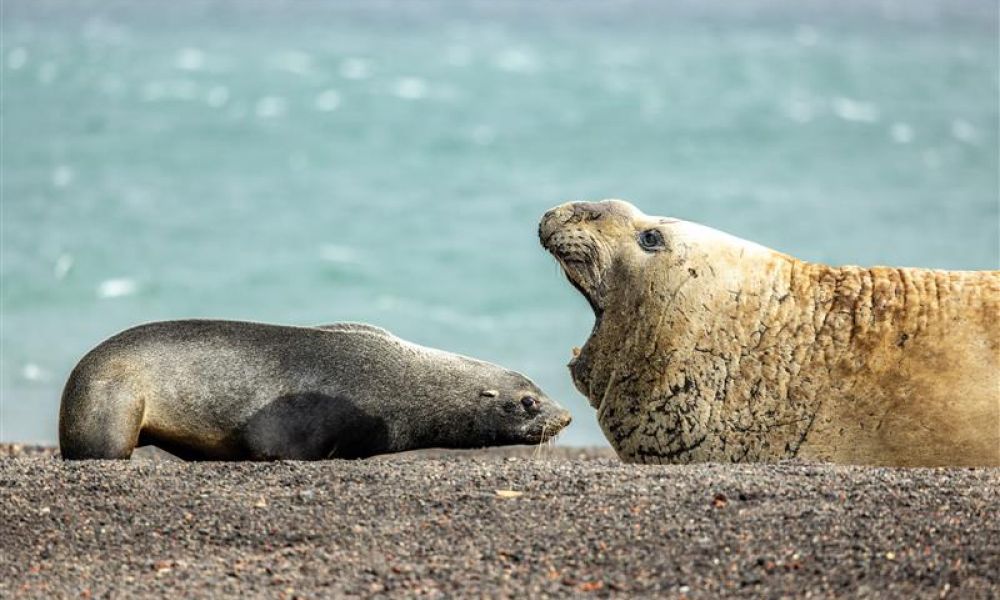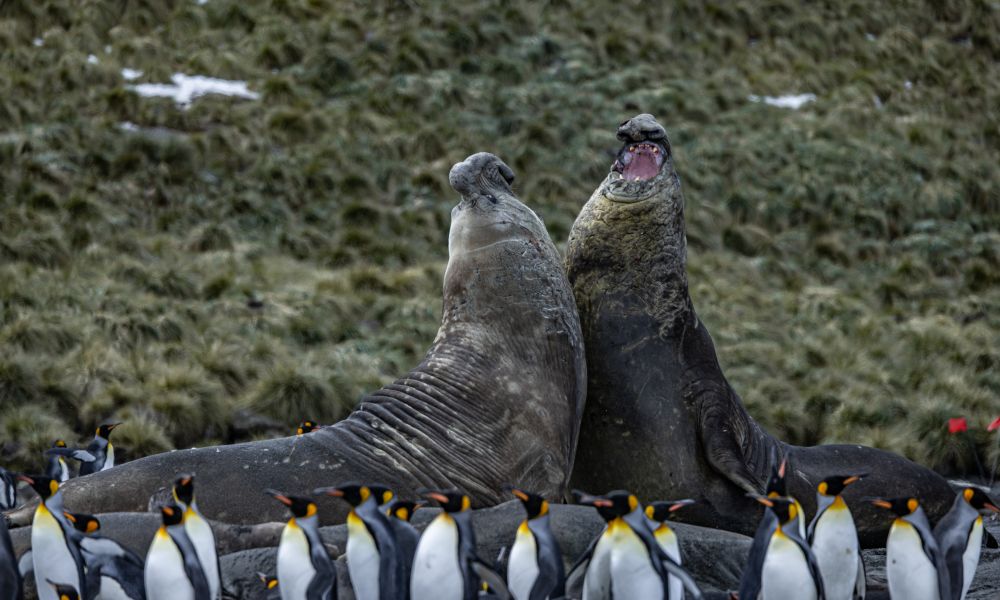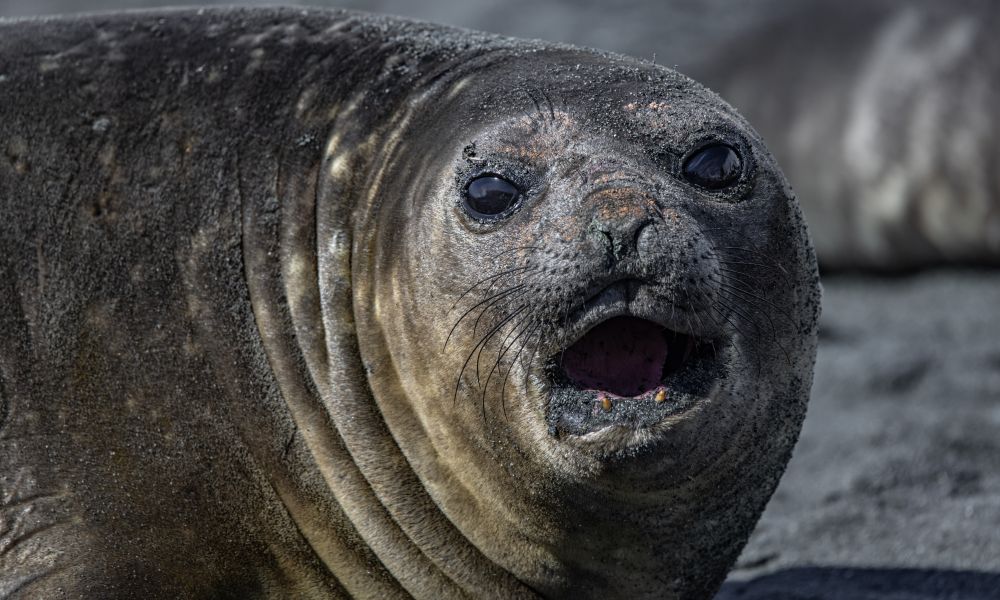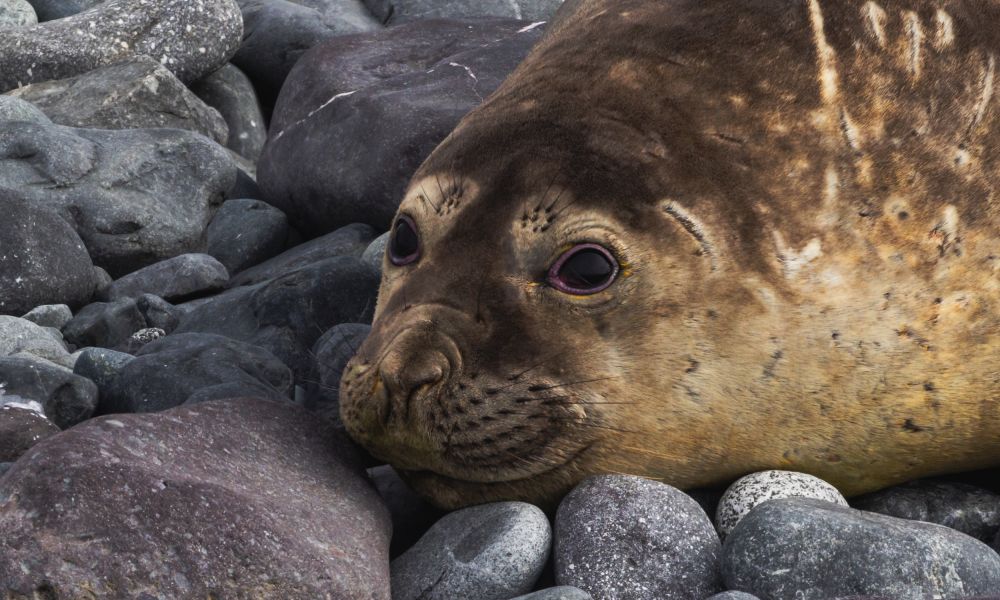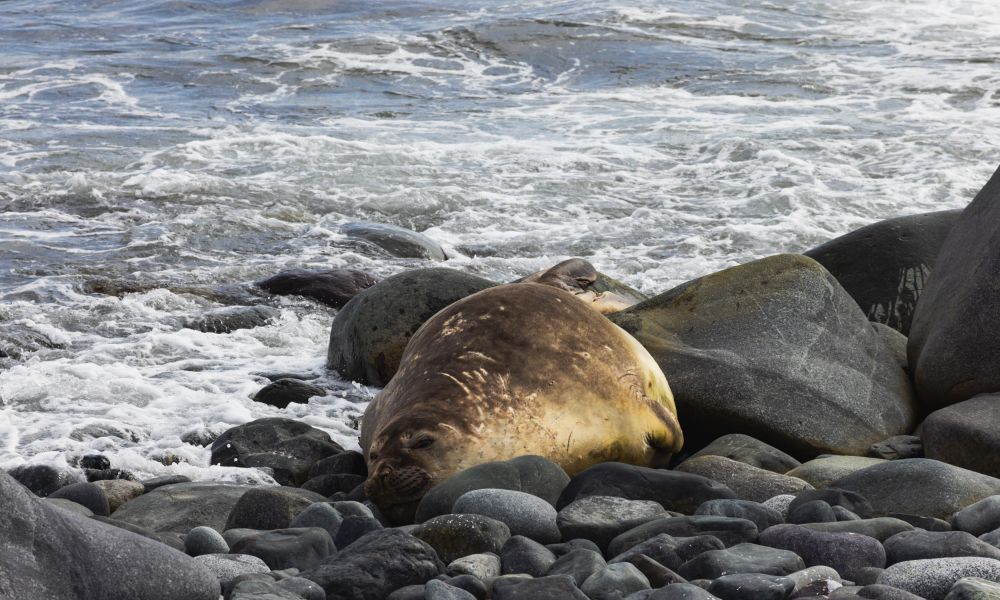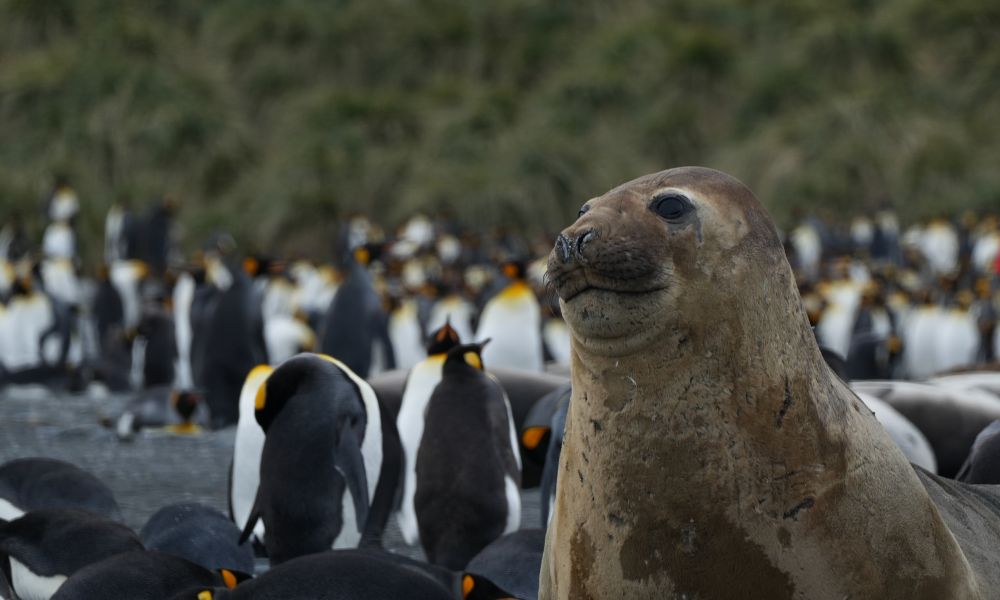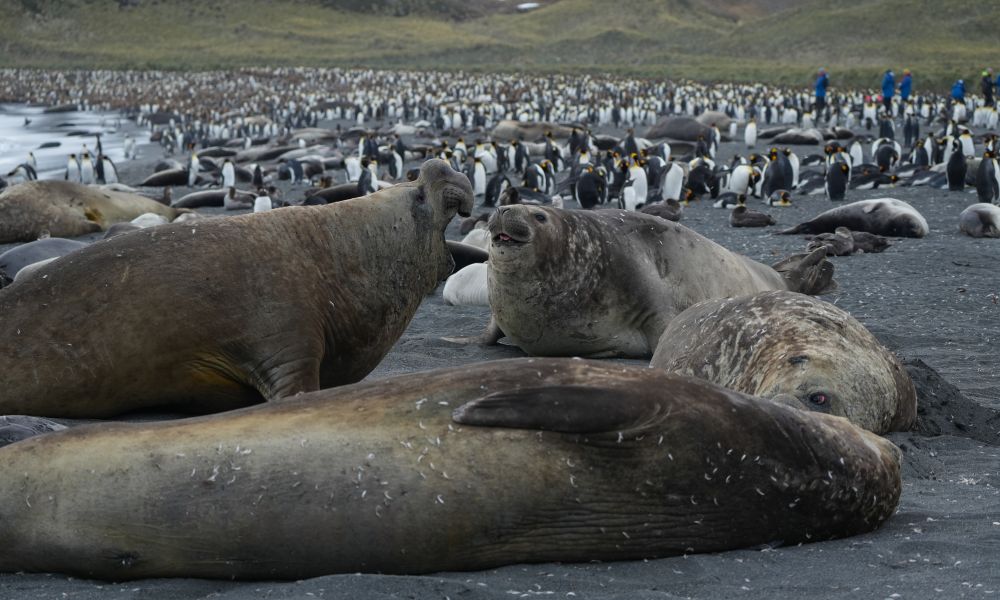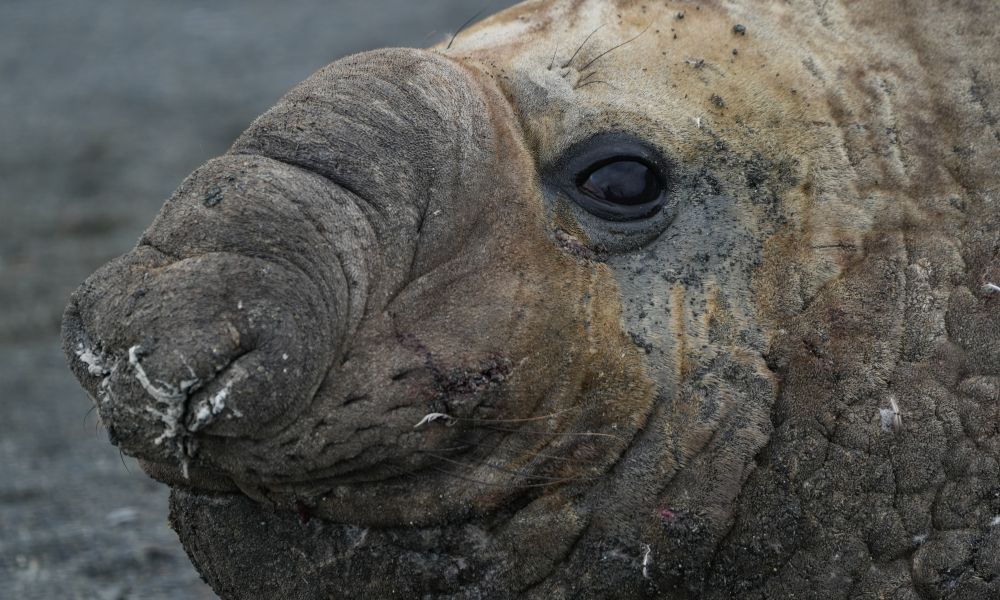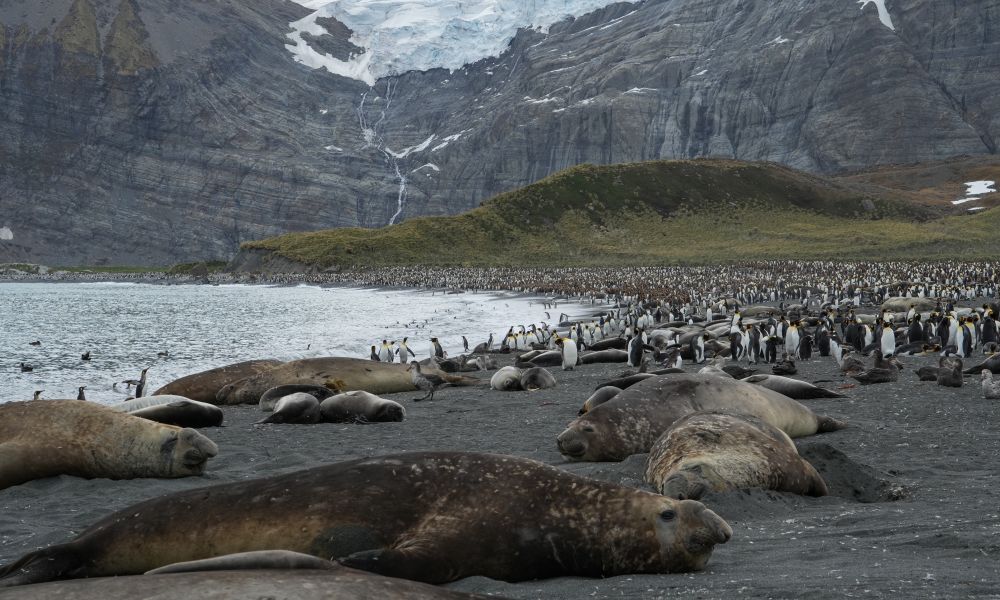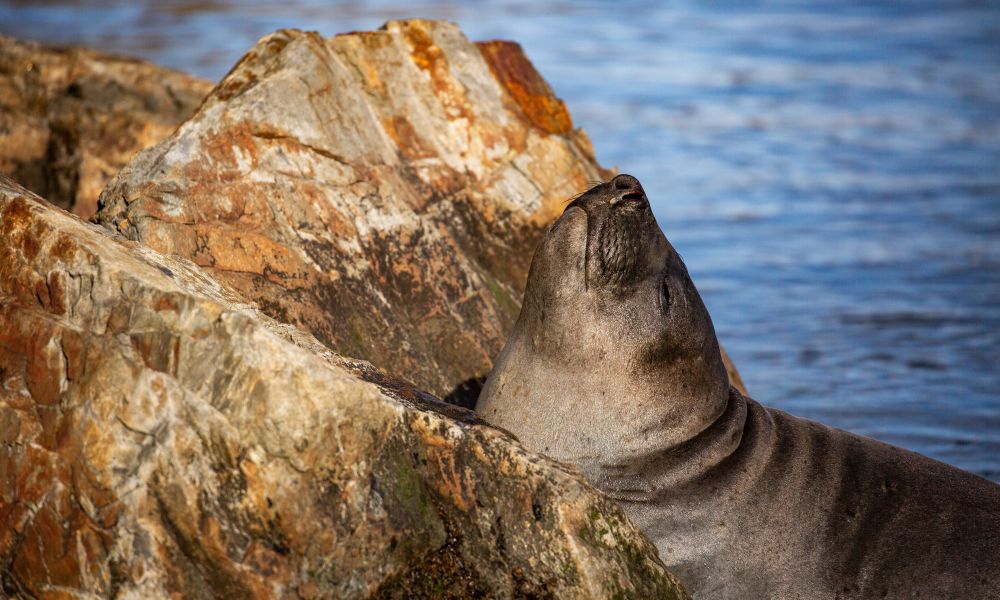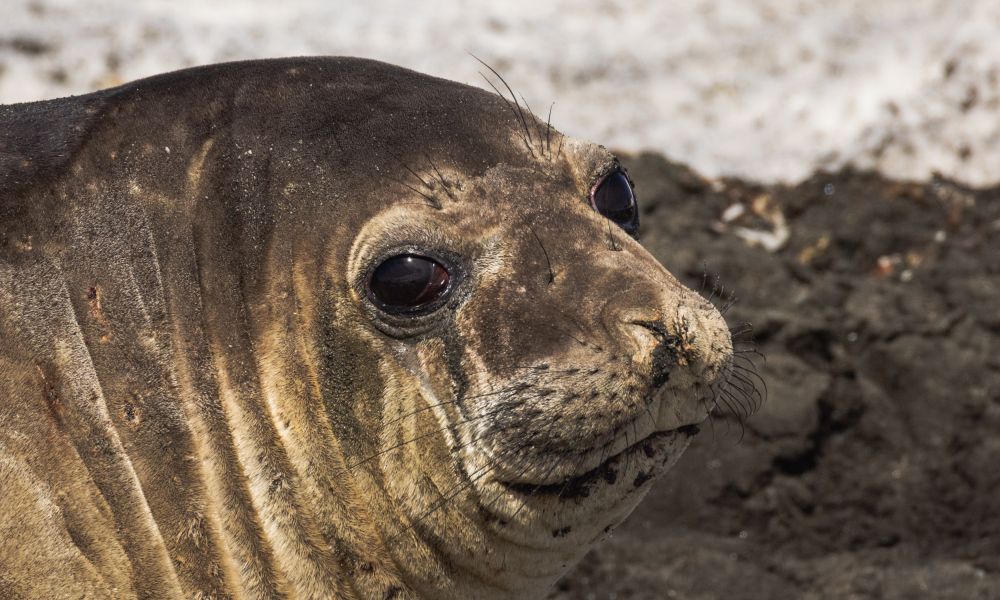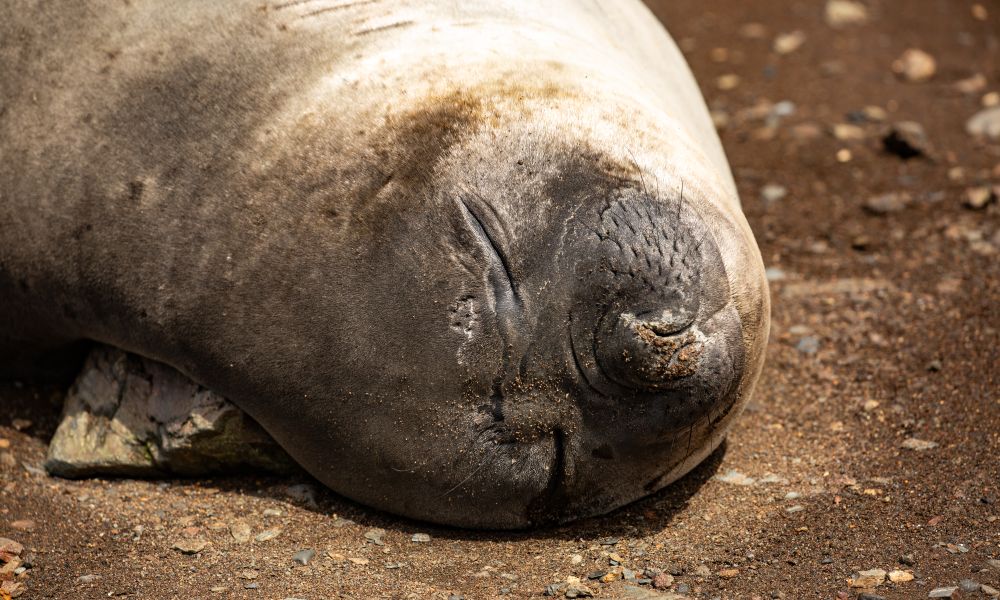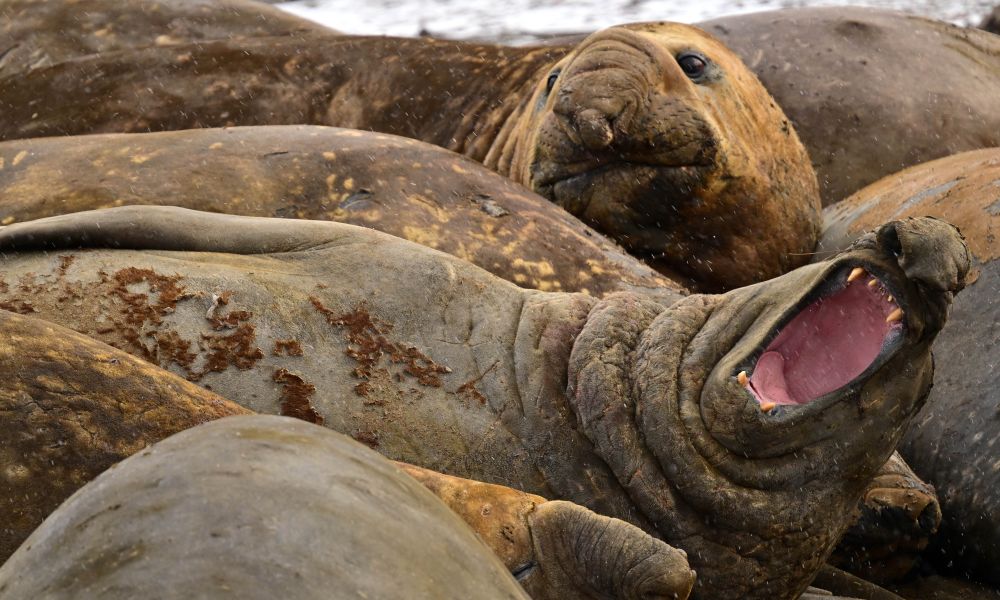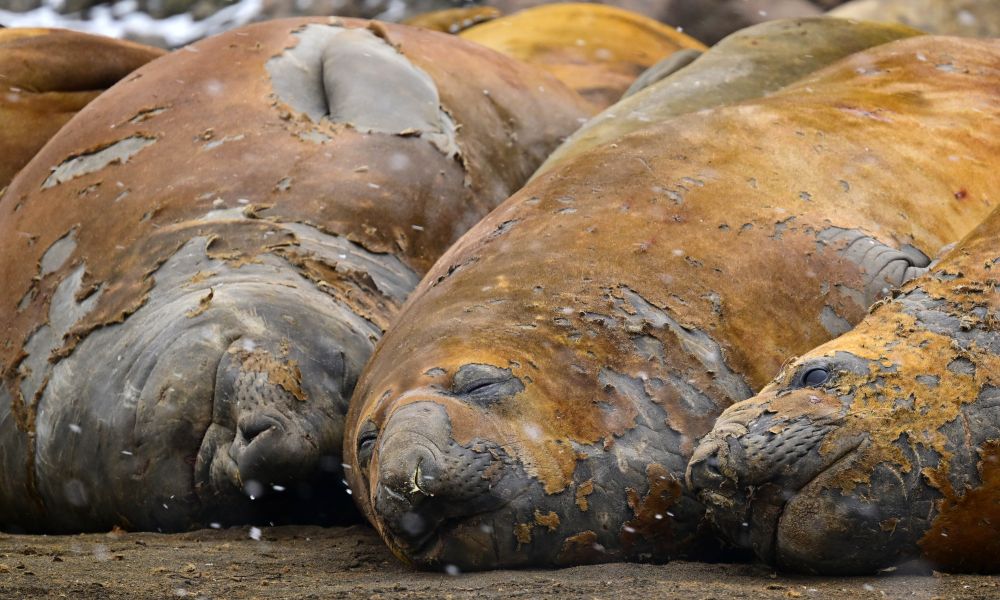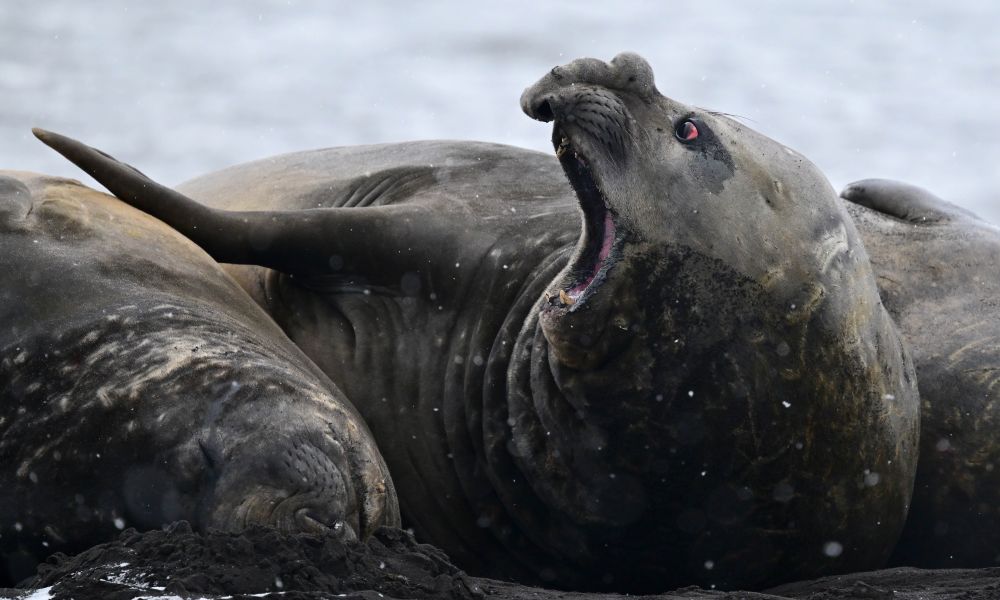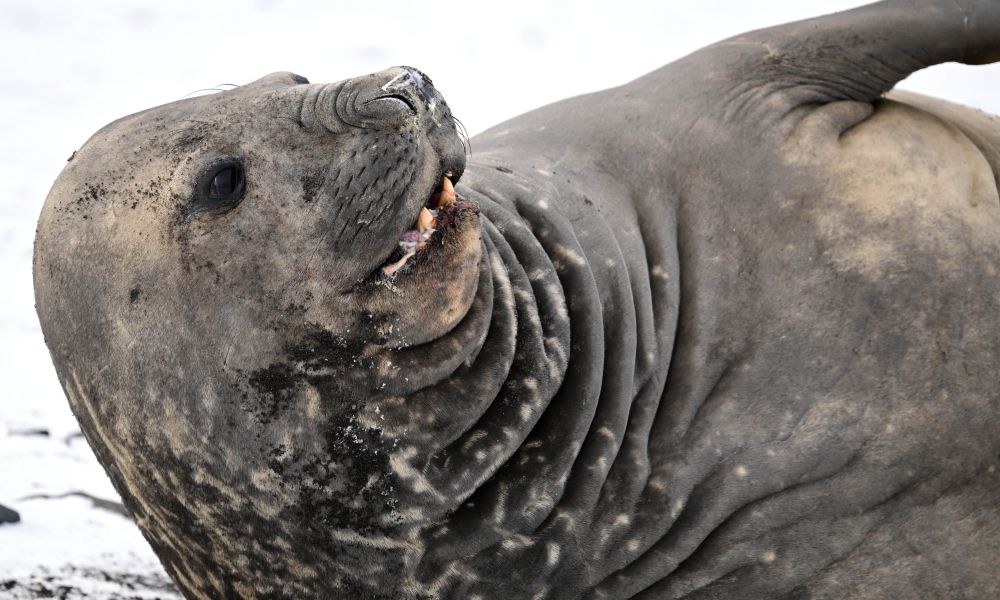What do southern elephant seals eat?
The southern elephant diet mainly consists of fish and squid, supplemented with snails and crustaceans that they catch during dives that can be very deep and are only surpassed by some whales.
Where do southern elephant seals live?
Relatives in the Monachinae subfamily and unlike other true seals such as the crabeater seal, ross seal, weddell seal, and leopard seal, they did not adapt to life on ice. Instead, they are the most land-adapted of all seals, and the southern elephant seal's habitat is mainly the remote beaches that are used for breeding. Outside of the breeding season, they usually live in the sea along the Antarctic coast, but sometimes those big creatures come ashore to rest. They breed in the same colonies each year on several sub-Antarctic islands surrounding the continent, with the largest colonies on South Georgia Island, but are also seen in the Falkland Islands, South Shetland Islands, and the Antarctic Peninsula.
How big are southern elephant seals?
When the southern elephant seal pups are born, they usually weigh around 40-45 kg. The female nurses them for about three weeks, and afterwards the baby elephant seal starts hunting in the water for prey, but its mother continues nursing for another five weeks until they reach a weight of at least 120-130 kg, after which it is left on its own. Male elephant seals are the absolute giants among all seals and among the biggest carnivores. In terms of weight among carnivores, it is only surpassed by the largest toothed whales. Thus, these majestic creatures are the heaviest marine mammals that also live on land. They range between 4.2 and 5.7 m long with a weight of 2.2-4 tonnes. Additionally, female southern elephant seals are five times smaller than the males, reaching up to 2.6-3 m in length with a weight between 400 and 900 kg, which is slightly smaller than the females of the walrus.
How long do southern elephant seals live?
The southern elephant seals lifespan ranges from 20 to 22 years, but it can live up to 30 years. Usually, females live longer than males.
What is the difference between the Northern and Southern Elephant seal species?
There are two different species of elephant seal worldwide: the southern elephant seal (Mirounga leonina) and the northern elephant seal (Mirounga angustirostris). Although these animals share many similarities, they live in different oceans and do not overlap. The northern species lives along the coast of Baja California in Mexico to the southern coasts of Alaska. Additionally, this species is smaller in size and has a smaller proboscis (nose) compared to the southern seals.



